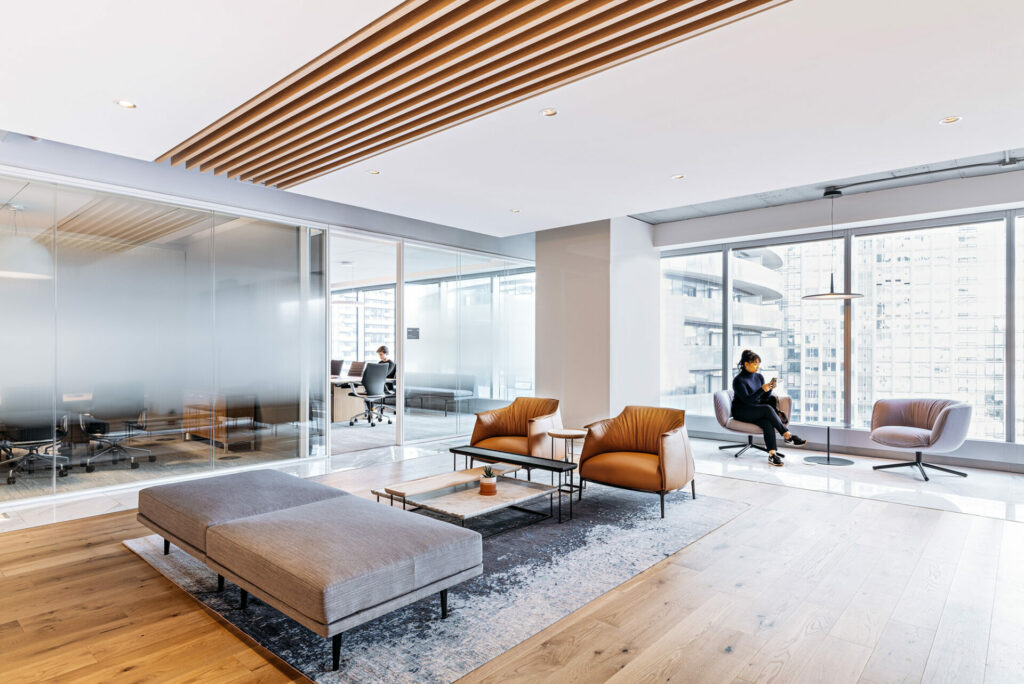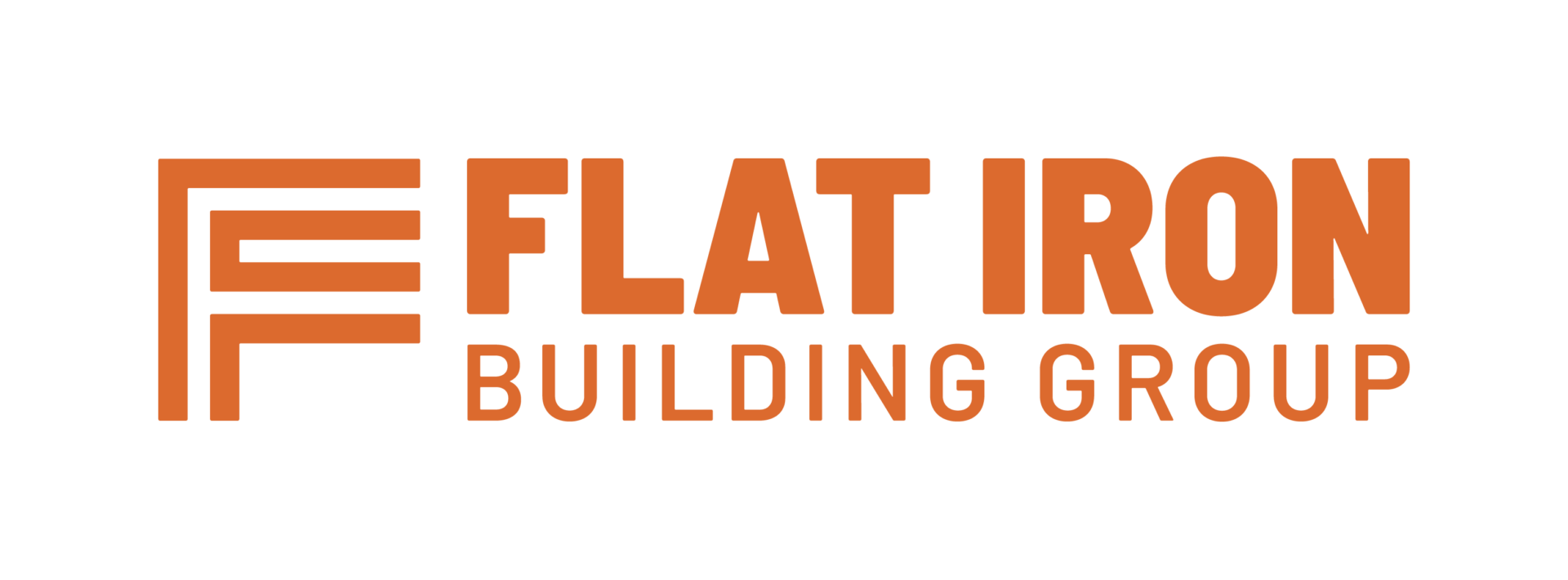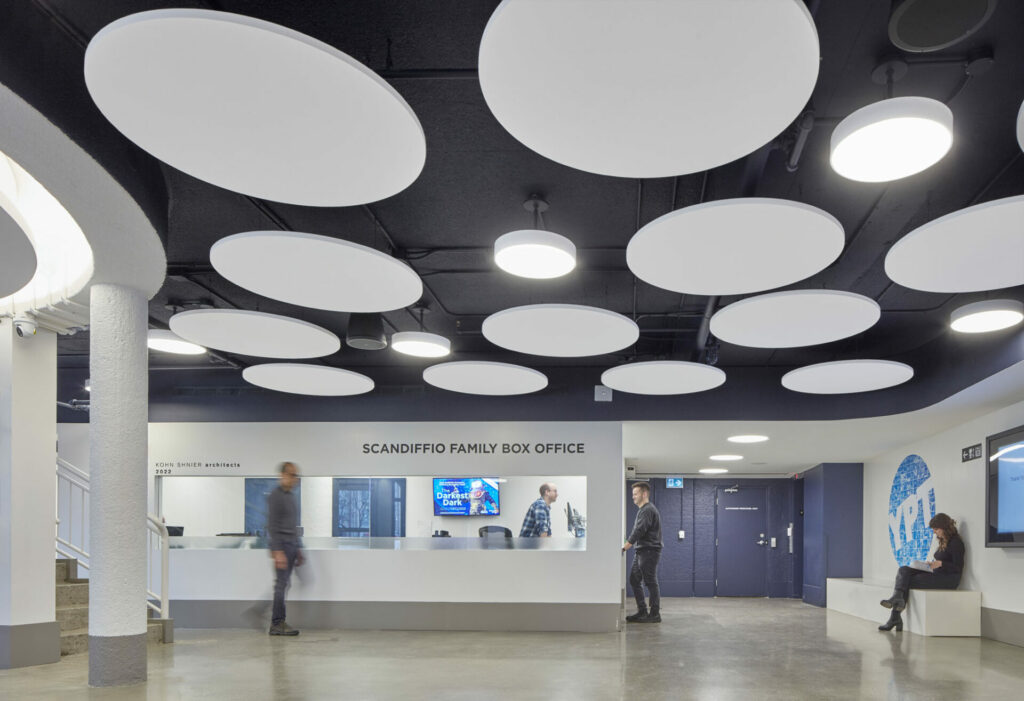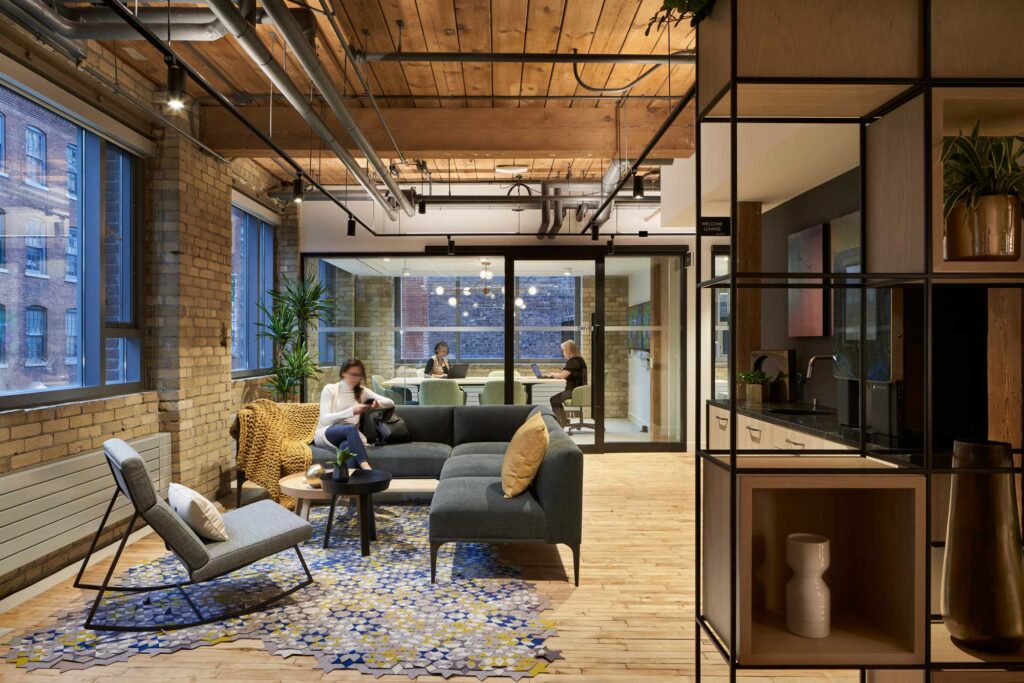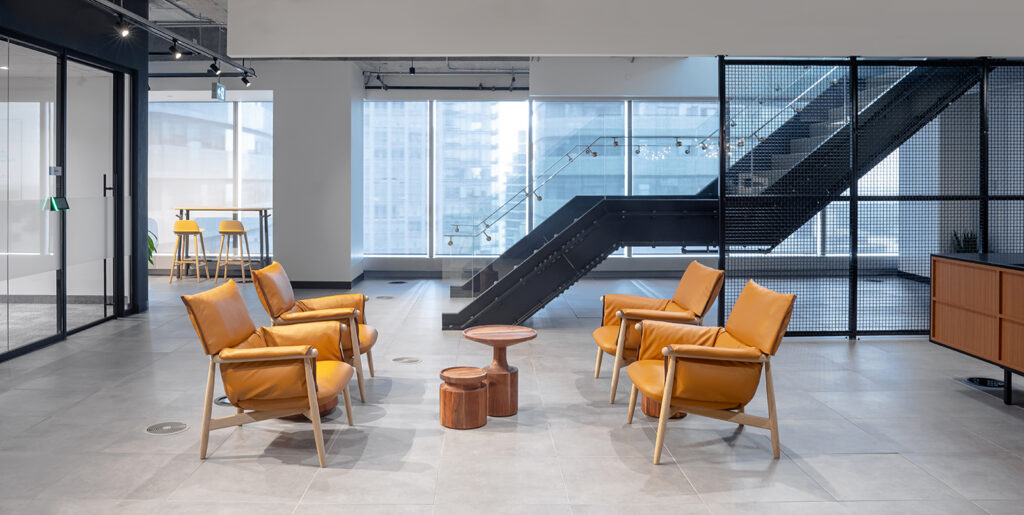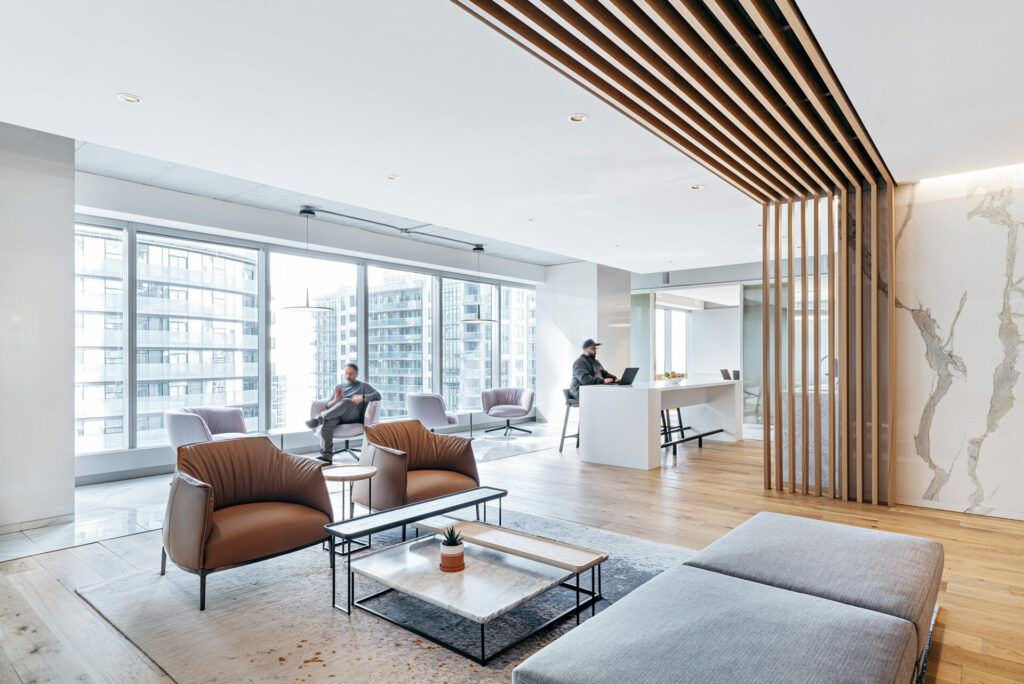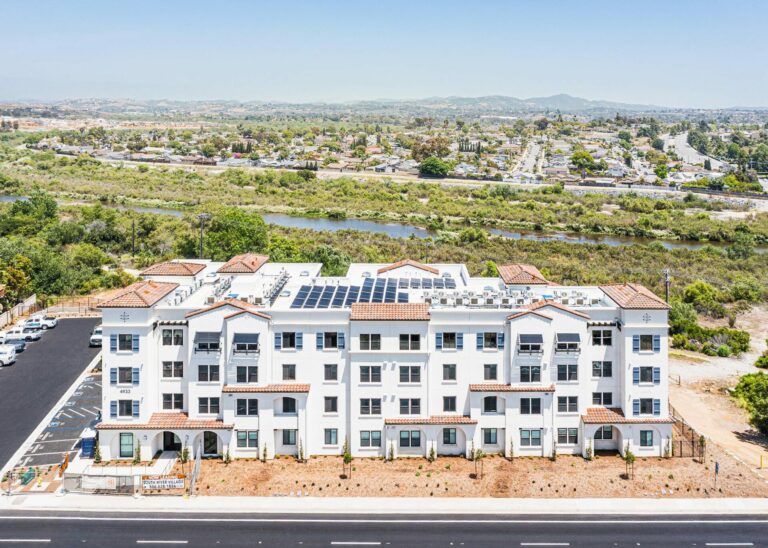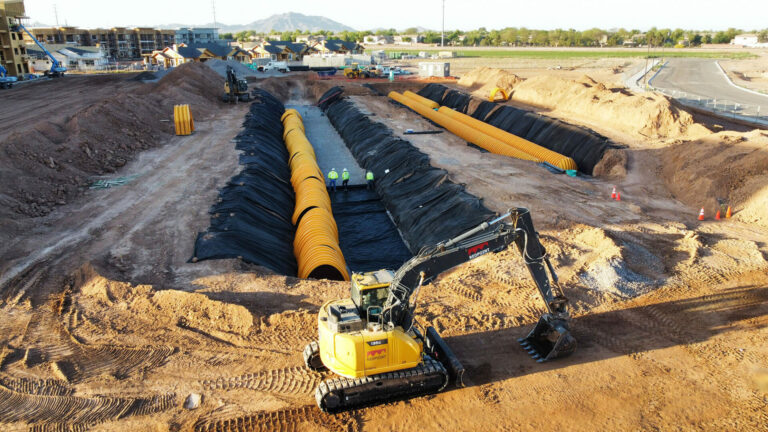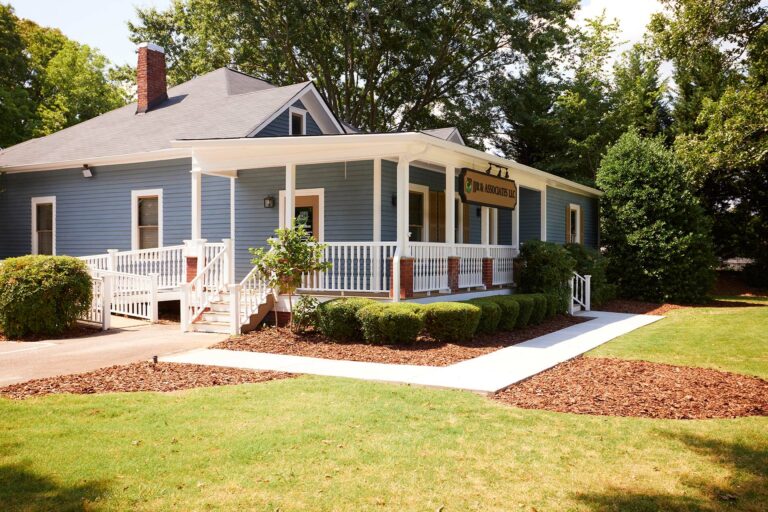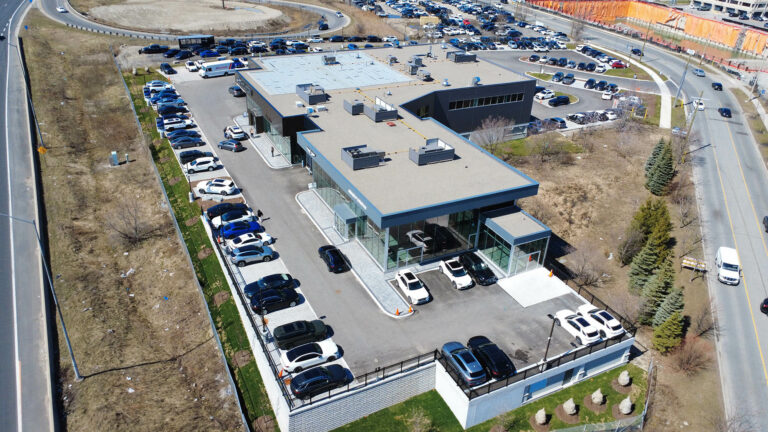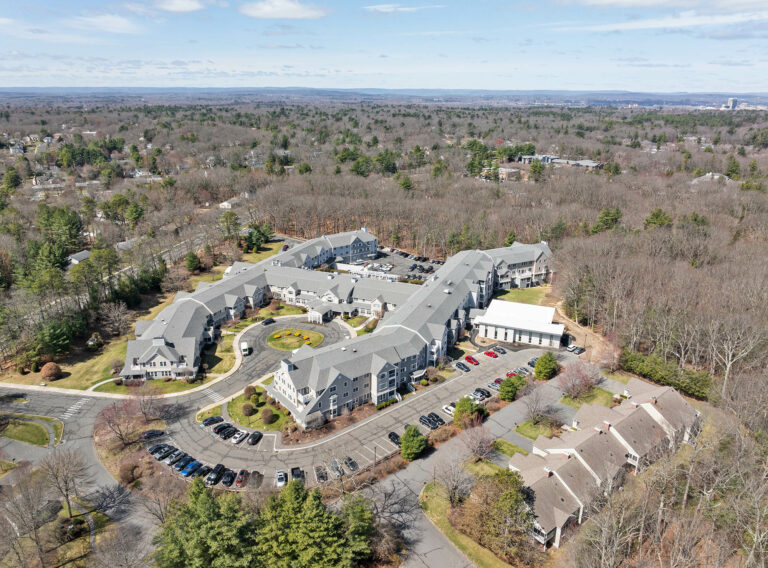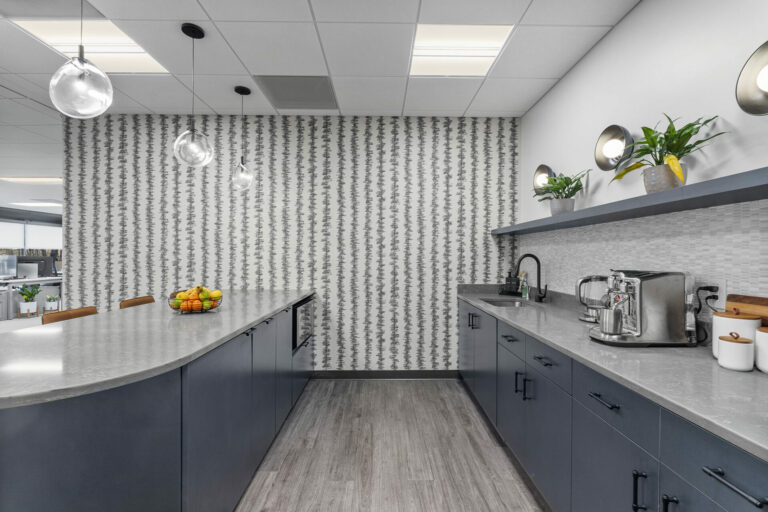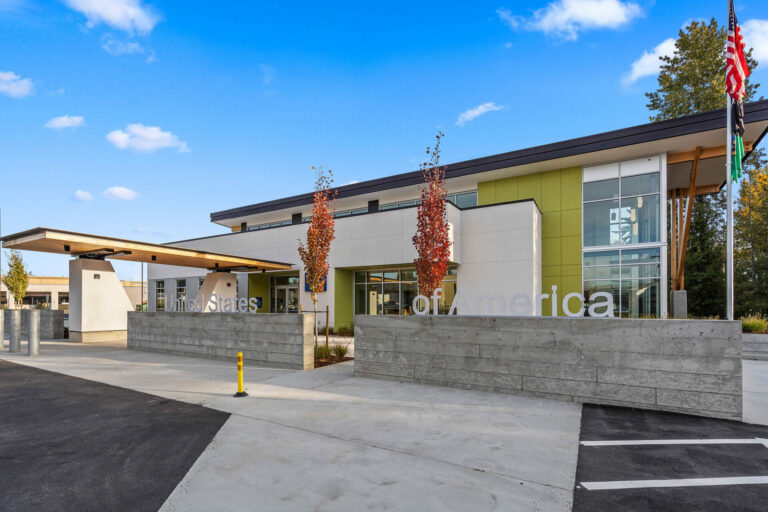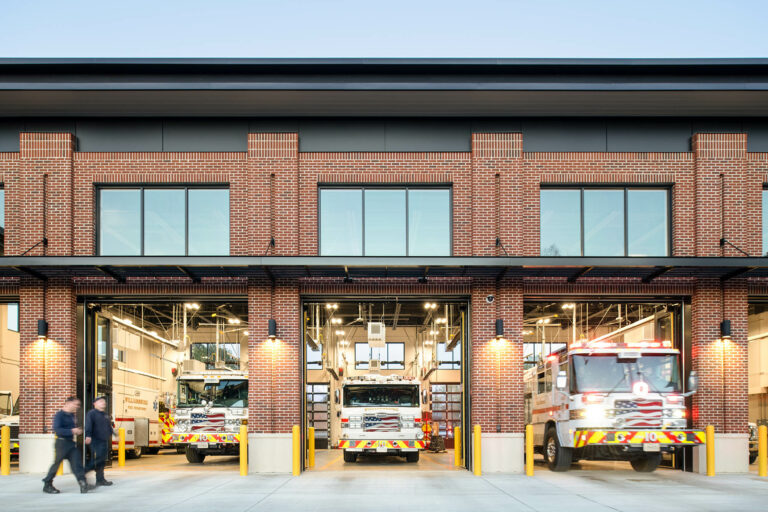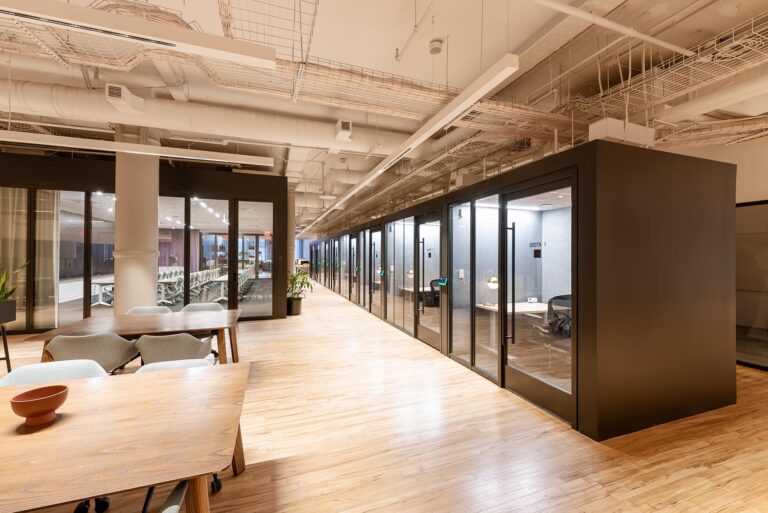Running a business creates its own challenges, but reinventing an existing business model requires analyzing the current model to pinpoint room for improvement. Flat Iron Building Group — a Toronto based building strategy company focusing on design build and construction management in the commercial real estate sector — has successfully managed to locate a flaw in the present business model of the construction industry and turn it into a strength for the company and its clients.
Before a project reaches the construction site, a meticulous amount of work is carried out. The pre-construction phase is the magic that takes place behind the curtain and brings together experts from finance, engineering, architecture, design and more.
Fast forward along the project timeline and a whole new range of unique skillsets are introduced – including electricians, dry-wallers, carpenters, plumbers and more – as the construction phase begins.
It had occurred to Flat Iron Building Group that the real experts in construction, namely the workers in hard hats and steel-toed boots are often only introduced towards the end of a project. They saw this linear approach as deeply inefficient since operations cannot be stacked as they would in other industries to reduce timelines and control costs. More importantly, this structure doesn’t create the needed diversity in the boardroom to truly understand all perspectives and best balance the 3 pillars of any project – quality, cost, and schedule. When you look at a boardroom in the planning stages of a project, where the largest impact on cost and schedule is often made, and contrast that with the very different group on site where the space is actually being built, it becomes clear that not all perspectives are being considered from the beginning.
In order to have the biggest possible impact on projects, Flat Iron is focused on engaging all parties from the get-go, ultimately saving significant amounts of time and money. This approach not only provides a more inclusive working environment, but also creates a new and much-needed communication channel that otherwise does not exist.
The focus of Flat Iron’s Business Model was created with the intention of bringing the most value to the client. The business has been in existence for 20 years and its positioning as a strategically smart builder has allowed it to flourish and evolve more fully into the needs of its client base within the last 6 – 7 years.
President and COO of Flat Iron Building Group, Julie Phillips, recognizes the value of having all parties involved in the process from an early stage. By marrying the construction and pre- construction phases, equal respect is accorded to both sides of the coin and, for Flat Iron, this has certainly paid off. “That person at the very end of the traditional process with the hardhat can save you millions of dollars early in the process if you talk to them. Working closely with Hicks Architecture on the Osprey Valley Resorts redevelopment – a golf course just north of the city of Toronto, we were collectively able to find value in the planning stage to balance client requirements, design intent, and budget. For example, original discussions on the clubhouse had a ramp going into the basement to deliver food and products into the facility. But that required significant concrete retaining walls and a much deeper basement to allow the slope to function as planned. This drove up the cost of the project.

By completing scenario cost analysis during planning, and combining the experience and knowledge of construction staff with the architects’, we avoided significant expenses with little impact on the golfer’s experience. To be clear, there was over a million dollars saved in foundations that could be used in higher impact areas or to reduce the overall costs.”
Another successful project completed by Flat Iron Building Group was First National, one of the new towers in Downtown Toronto. This project involved a pressurized raised floor system, meaning all airflow and electrical ran under the pressurized raised floor, creating great air quality inside the building.
The client originally contemplated tearing out the existing pressurized raised floor system and replacing it with a new finished product. Early in planning, Flat Iron with B+H architects highlighted that this approach would dramatically impact the process of construction due to the opening of the plenum, and the resulting increase in material storage requirements, all of which would impede the trade work and negatively affect the overall schedule and project costs. Due to these concerns, the full team worked very closely and when the client fully understood the tradeoff decisions around schedule and cost, it became clear that the new focus was to achieve the same design intent without having to replace the existing system. With Flat Iron’s assistance in early planning, First National was able to maintain their schedule, but to also come in $500,000 under budget.
These stories feed into the values at the heart of Flat Iron and help bring them to life. The values that existed 20 years ago are still inherent in the business today: Be Bold, Be Open and Create Community. The business has grown and evolved through the years and while its core values may have adapted, fundamentally they have not changed. Workers at Flat Iron face the choice to be bold every day. This involves acknowledging problems and addressing uncomfortable situations head on. Not only does this involve being up front with each other, but it requires above all being upfront with clients. Being Bold, in other words, means always doing what is right, not what is easy.
The value of being bold for Flat Iron opens the door to the company’s next two values, openness and community. Being open involves the exchange of ideas and taking the most novel viewpoints seriously, while community supports all parties involved and elevates everyone who walks through Flat Iron’s doors.
These values are actually particular areas that empower Flat Iron to add that more unique touch, and no one knows this better than Phillips. “Nothing makes me more excited than when somebody says I’ve got a crazy idea; that is the first step toward openness. But it is really about hearing that out of the box thinking and taking a novel viewpoint seriously while asking, ‘could we actually use a different approach on this?’ The best outcomes are often the result of team effort. No one individual can be as good as a team and to build a team, or community, we need to elevate everybody that comes through the doors and make sure they are properly heard.”
“Flat Iron is focused on engaging all parties from the get-go.”
As Phillips explains, the essence of a community is ultimately rooted in diversity and inclusion. While the construction industry may skew unhelpfully from the level of gender balance found across society, that is far from the case at Flat Iron. “We far exceed on diversity and inclusion metrics. Around 35% of our employees are women but the bigger picture is that we’re 50-50 at the senior management team. In addition, 40% of that management team represents different ethnic and socio-economic backgrounds. That’s unheard of in the sector and we do a lot to develop that in the market. We’re very focused on how we bring different perspectives to the market and get them equal voices at the table.”
The theme of inclusivity flows through all aspects of Flat Iron Building Group, and not just in the diverse, multicultural, socio-economic background of its workers; but also, through its approach to business. The commitment to have the best minds and best parties at the same table at the same time is not only strategic business, it is strategic inclusion.
Looking ahead, Flat Iron plans to work with more strategic business partners from project inception and hopes to be seen as a strategic business partner by their clients. After speaking with Phillips and examining Flat Iron’s business model, it is hard not to see the company as a collective of smart professionals searching for a better, smarter way to do business.

Flat Iron plans to work with its clients before a real estate problem has even been identified. For there, it can be part of defining the solution. This way, it can ensure that it can hit both architectural form and function requirements, as well as address any issues related to cost and schedule requirements. This company cares about the construction industry immensely, and for Phillips, it doesn’t stop there. Along with care, she is extremely proud of the industry as a whole.
“I think the other thing for me is to raise the profile of construction as a sector. Unfortunately, somewhere along the way, people who can build things became somewhat looked down upon by the knowledge worker. Yet the people that I meet in the world of construction know so much and add so much value. If I’m trying to solve a problem from a cost perspective, I want to involve the person, man or woman, that has been on site one hundred times and seen it. There are so many smart people in this world that just might not show up in a suit every day.”









